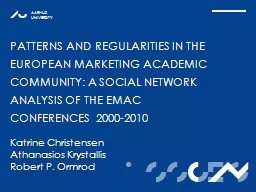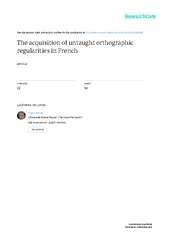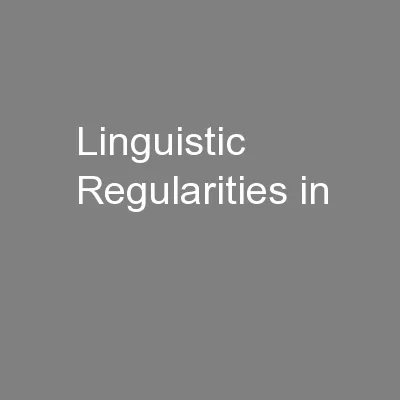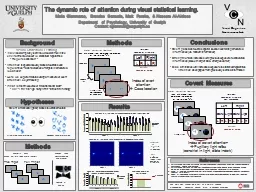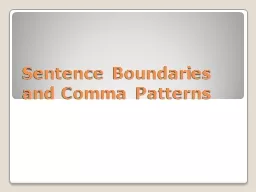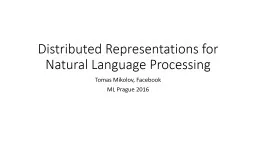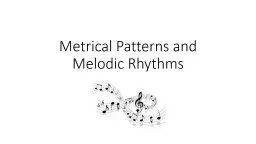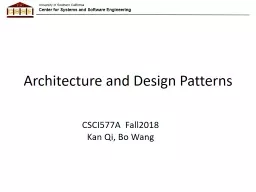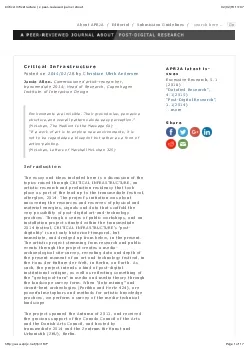PPT-Patterns and regularities in the
Author : kittie-lecroy | Published Date : 2016-03-04
european marketing academic community a social network analysis of the emac conferences 20002010 Katrine Christensen Athanasios Krystallis Robert P Ormrod Aims
Presentation Embed Code
Download Presentation
Download Presentation The PPT/PDF document "Patterns and regularities in the" is the property of its rightful owner. Permission is granted to download and print the materials on this website for personal, non-commercial use only, and to display it on your personal computer provided you do not modify the materials and that you retain all copyright notices contained in the materials. By downloading content from our website, you accept the terms of this agreement.
Patterns and regularities in the: Transcript
Download Rules Of Document
"Patterns and regularities in the"The content belongs to its owner. You may download and print it for personal use, without modification, and keep all copyright notices. By downloading, you agree to these terms.
Related Documents

